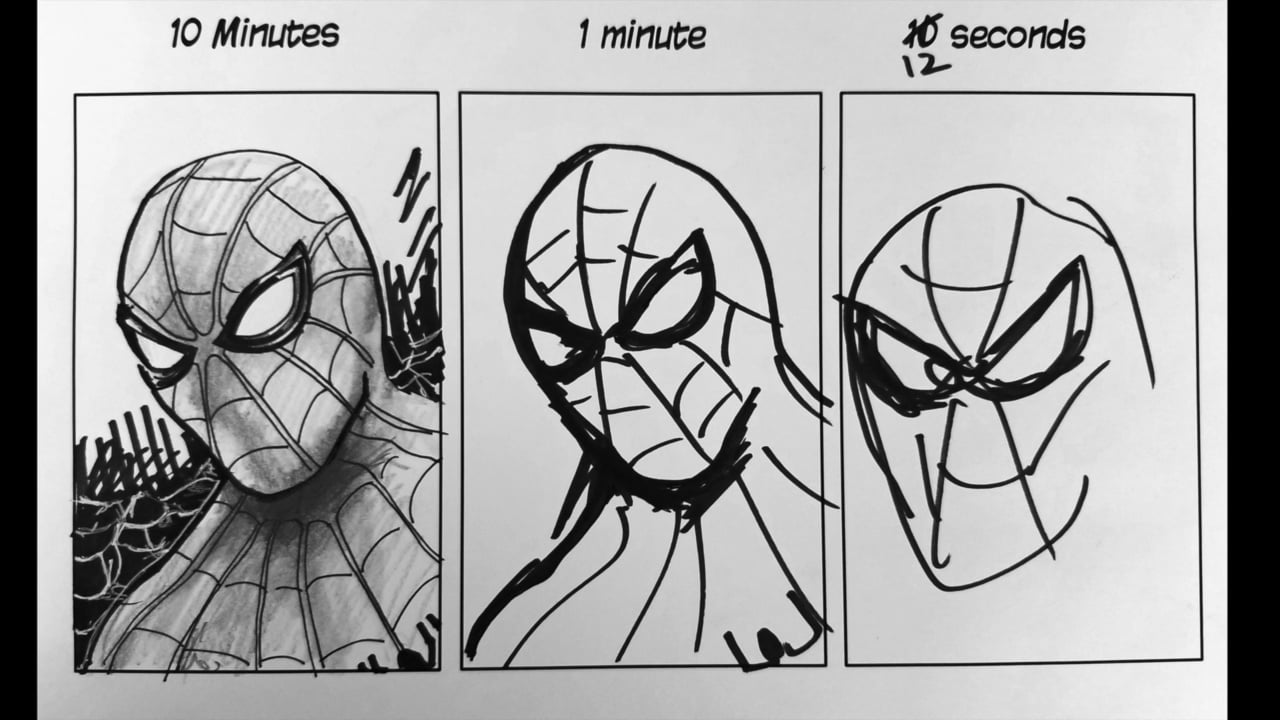
Overcome Four Common Issues When Working with a Drafting Firm
Scheduling for construction projects isn’t an exact science. Every experienced project manager knows that there are many factors that can catch you off guard and lead to delays. The reality is you can’t prevent every…
Read the Full Article